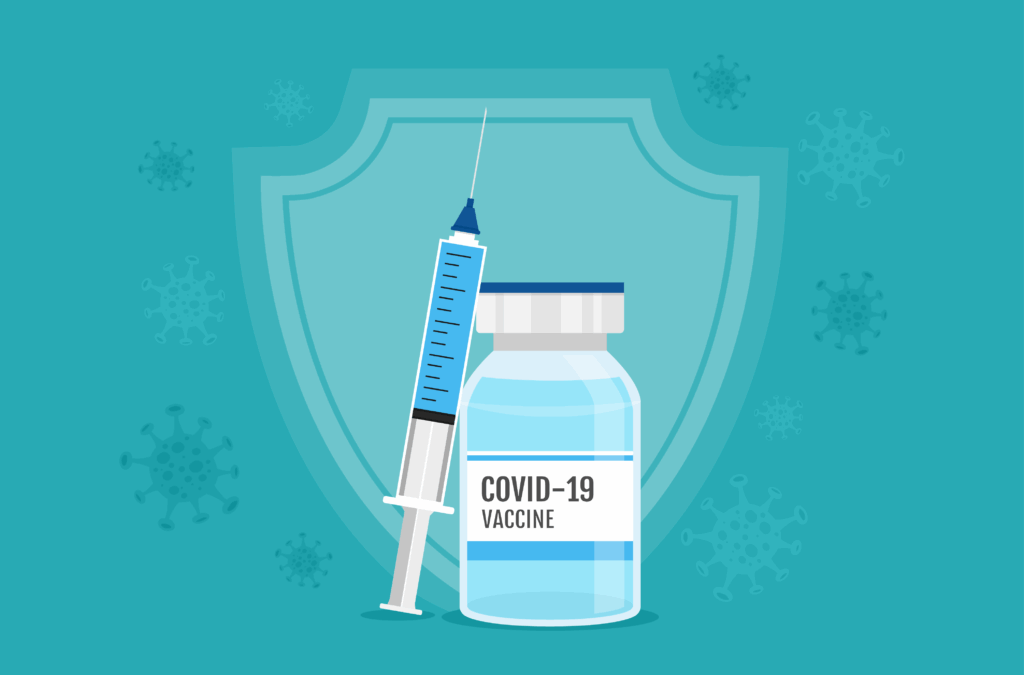
Q&A with Julie Evarts of EHD Insurance

Julie Evarts is clinical director of health safety and wellness at EHD Insurance.
In the last several years, there is an expanded definition that is becoming acceptable in wellness. People are understanding that we are looking at employees on the whole. What we have been focusing on is lifestyle medicine—this has the whole wellness world turned on its ear.
I work with the risk control team on the safety side, and we roll up our sleeves and do an evaluation to find out what has worked for them, what hasn’t, where they would like to be as an organization and how aggressive they want to be to get there.
Just a couple of weeks ago, we had a safety meeting with an employer, and we talked about accidents and what could have been done to prevent them. We found out a seasoned employee fell over a toolbox and broke his arm. I thought it was odd. This was a solid employee, and the company had a solid safety program. We saw the employee in the hall later, and it turned out he had something going on at home and had a panic attack at work. He was in a hurry to get out of the room, and in his rush, he tripped over the toolbox. I gave him EAP [employee assistance program] information and said they had virtual medicine with behavioral health. It was the perfect example of how someone not being emotionally well can have an accident at work.
But health insurance costs are second only to payroll, and we can tackle them. With hard work and investigation, we can look at what is driving claims and what the behavior and culture is within a company. Some organizations are very shy and really want to crawl first to earn employees’ trust. Others want to do a full-court press. For them, we do employee meetings, look at their pharmacy spend, claims spend and work on areas where they have the most claims.
I talk to a lot of employees, and one issue is deductibles. Whether an employee has a $1,000 or $500 deductible, if they are a low-wage earner, it might as well be $100,000. They just can’t pay for care, so even if their physical is free, if they find something wrong, they think, “I’m not going to be able to pay to fix it, so why would I even go?”
We have also offered a wellness day instead of a sick day. It gives employees a day off to go for physical and dental checkups, and they get it taken care of as a benefit to them. We have found significant success in that. If we aren’t getting employees to care, let’s bring it to them or get them the proper time off so they can get the care they need.
One interesting program that’s out there is a wearable that employees can use to reach a FIT goal to help pay for their premiums. Each day they hit their goal, they earn up to $3. It’s $1 for F (frequency), $1 for I (intensity) and $1 for T (time). It adds up to about $1,094 annually that goes toward their deductible. So, for folks that have a $1,000 deductible and worry they can’t get the care they need, this gets them moving and funds their deductible at the same time.
We have another employer that gives an additional $500 to employees’ HSA or HRA to go toward their deductible if they get their age-appropriate preventive care exam and dental exam, participate in a biometric screening, and maintain or improve their health score.
If you look at an organization’s high-claimant list, you’ll see things like brain cancer and premature triplets and people needing knee replacements. You can’t avoid all things. But there are things there that are simmering and causing those $15,000 or $20,000 claims. If you can manage those that are simmering, that’s going to make a big dent.
Looking at hospital admissions that aren’t in the trauma center, about 70% of patients are there because of lifestyle choices—the choices they make from the time they get up to when they go to bed—that are bad. And it’s not always major things. We are talking about making them healthier by moving 15 to 20 minutes more a day than they have been doing. Decreasing portion sizes and reducing salt or cutting back on sugary drinks. Those kinds of small changes can have a big impact over the long term.
One of our large groups does biometric screening with a company called HealthCheck360. We asked to get their data to see the per-employee, per-month claim costs of people who were participating in the health management program and those who didn’t. That way, they can see the benefit for those who take part. We can directly measure improvements in claim costs. A real game changer in my world is the fact that we can add data and show employers and employees what a difference wellness programs make.




